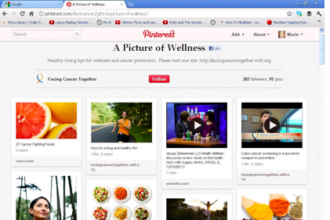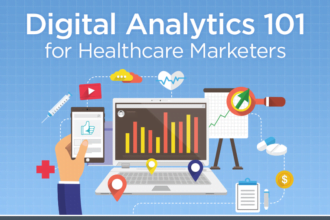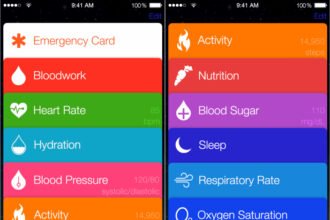 The electronic medical record is here to stay. It would be foolish to think that the healthcare industry could ever go back to paper.
The electronic medical record is here to stay. It would be foolish to think that the healthcare industry could ever go back to paper.
 The electronic medical record is here to stay. It would be foolish to think that the healthcare industry could ever go back to paper. Yet I know that the majority of my clinical colleagues aren’t especially happy with the electronic medical records systems they are being forced to use. Here on HealthBlog, I’ve frequently written on this issue and shared stories about some of the EMR solutions I’ve seen over the years during my worldwide travels. As the old adage goes, “if you’ve seen one EMR, you’ve seen one EMR”. But some EMRs are definitely better than others, and more often than not, some of the most innovative I’ve seen are solutions not in America, but overseas.
The electronic medical record is here to stay. It would be foolish to think that the healthcare industry could ever go back to paper. Yet I know that the majority of my clinical colleagues aren’t especially happy with the electronic medical records systems they are being forced to use. Here on HealthBlog, I’ve frequently written on this issue and shared stories about some of the EMR solutions I’ve seen over the years during my worldwide travels. As the old adage goes, “if you’ve seen one EMR, you’ve seen one EMR”. But some EMRs are definitely better than others, and more often than not, some of the most innovative I’ve seen are solutions not in America, but overseas.
Many of today’s EMRs grew out of electronic billing systems that were only later adapted to capture clinical information. Even some of the best of today’s solutions are nothing more than a digital representation of the paper chart model. As information communication technology has advanced, the EMR has often failed to catch up. I’ve frequently asked the question, why don’t EMRs make better use of rich media capabilities including audio, video, and immersive graphics? And why isn’t information in the EMR presented in a format that more closely fits with the way physicians work and think?
 One solution I’ve been following over the years is from a company based in Norway. The company, Imatis, has always been pushing the boundaries on what the modern electronic clinical record should be. Their focus is both contextual and highly visual. They make the most of what contemporary information technology can deliver through an intuitive, immersive graphical user interface.
One solution I’ve been following over the years is from a company based in Norway. The company, Imatis, has always been pushing the boundaries on what the modern electronic clinical record should be. Their focus is both contextual and highly visual. They make the most of what contemporary information technology can deliver through an intuitive, immersive graphical user interface.
 Their newest iteration is something the company calls Imatis Visual Health. Instead of pages of information organized as discrete data points, text fields, and chronological events, Imatis Visual Health takes an entirely different approach. Information is organized around human anatomy and organ systems. The entire human body is graphically represented on screen. Each area calls out relevant information about the patient’s health history, chronic diseases, laboratory tests and medical images and how all these interrelate with the patient’s current health status. As Imatis company literature reports, “By using the human anatomy as the main paradigm to organize and browse in the Patient Record, IMATIS Visual Health provides an intuitive and fast navigation system for all users who can then communicate, understand, and see the content of medical articles or Electronic Medical Records efficiently and effortlessly”.
Their newest iteration is something the company calls Imatis Visual Health. Instead of pages of information organized as discrete data points, text fields, and chronological events, Imatis Visual Health takes an entirely different approach. Information is organized around human anatomy and organ systems. The entire human body is graphically represented on screen. Each area calls out relevant information about the patient’s health history, chronic diseases, laboratory tests and medical images and how all these interrelate with the patient’s current health status. As Imatis company literature reports, “By using the human anatomy as the main paradigm to organize and browse in the Patient Record, IMATIS Visual Health provides an intuitive and fast navigation system for all users who can then communicate, understand, and see the content of medical articles or Electronic Medical Records efficiently and effortlessly”.
 I don’t know about you, but I’d like to see much more of this forward-thinking approach to the design of electronic medical records. I would challenge all vendors to start thinking outside the “paper chart box” and bring to market tools and technologies that enhance rather than burden clinical workflow and knowledge transfer.
I don’t know about you, but I’d like to see much more of this forward-thinking approach to the design of electronic medical records. I would challenge all vendors to start thinking outside the “paper chart box” and bring to market tools and technologies that enhance rather than burden clinical workflow and knowledge transfer.
Visual Health, is a browser based solution that works on desktops, laptops and mobile devices running just about any of the most popular browsers and operating systems. It is based on a software technology that offers a unique combination of scalability and flexibility to deliver intuitive user interaction and information management.
The bar has been set. Who’s next?









